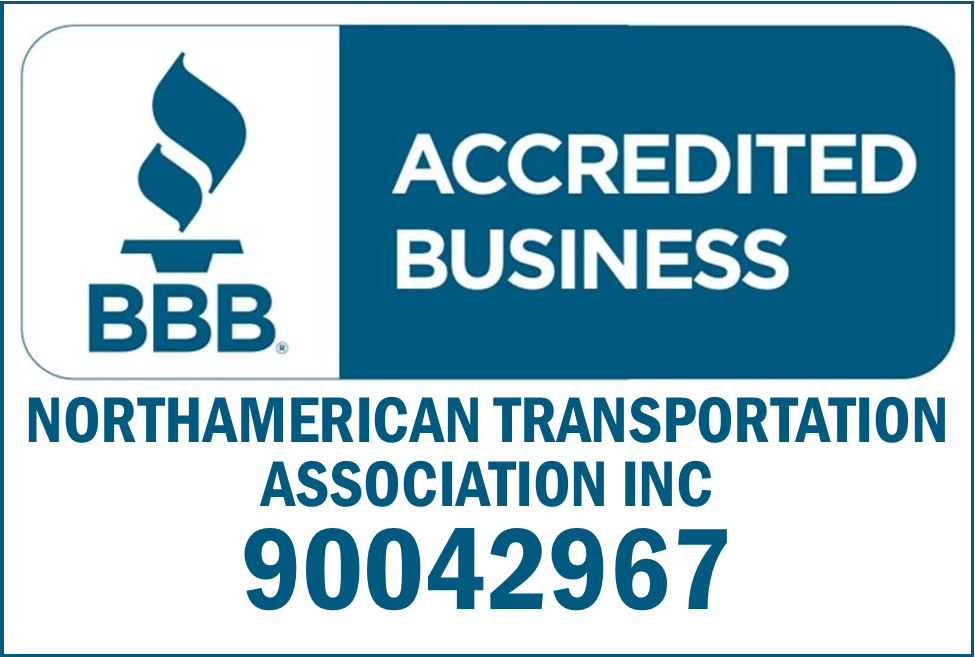Pre-loaded trailers: Tips for avoiding liability issues
The following subject was just brought to my attention when I received a call from a trucker in the Midwest that prompted me to resurrect this article.
Apparently, he picked up a load that was already loaded from a shipper. The trailer had no seal. He delivered the load and had a clear signature. Thirty days later, he received a claim for $50,000 and he needed help. He said he had been in business for five (5) years and had never heard of SLC and doesn’t carry any standard Bills of lading with him nor does he carry some spare seals.
I asked him what does he think his defense will be – there was sheer silence.
I told him he should have never pulled that trailer until he put a seal on it and recorded the seal on the Bill of Lading. This is simple basics. I wished him good luck in that he did everything wrong and to look for an attorney.
This is a common problem carriers face is liability for damages on loads when a driver is not allowed on the dock to observe the loading of a shipment, or picks up a loaded trailer that already has been sealed. This situation is becoming much more prevalent due to structural changes in the trucking industry.
Increasingly, to prevent cargo damage, more product is shrink-wrapped prior to loading, and that makes piece count impossible, he noted. Driver hours-of-service changes have led to more spotting of trailers that are loaded and unloaded after delivery, without drivers being present.
Because of worker's comp claims, many warehouses are refusing to allow drivers to be present on freight docks when a shipment is loaded or unloaded. Moreover, the loading of shipments by pallet jacks and forklifts often precludes accurate count or confirmation of loading practices.
Additionally, the shipper, not the truck driver, is most familiar with fragility of the product and best loading procedures. As a result of all this shipper load and count should be the norm for truckload shipments.
Shipper responsibility
The matter of shipper load and count (SLC) is addressed under the Bill of Lading Act, within Statue 49 U.S.C. §80113, which states: “A common carrier issuing a bill of lading is not liable for non-receipt, misdescription or improper loading when (1) the goods are loaded by the shipper, and (2) the bill contains the words ‘shipper's weight, load, and count,’ or words of the same meaning indicating the shipper loaded the goods.”
Basically, the statue says that a carrier can't be responsible for a load's count and condition if a driver can't count the load or check the condition, said Seaton. “The presumption is that the load was in good order at time of pick-up, so the carrier is not liable for damage due to improper loading or shortages.”
In such a situation, it is very important that the driver put the words “shipper load and count,” or something to that effect, on the bill of lading before signing, he said. There also needs to be a chain of custody for the seal, showing that it has remained intact until removed by the consignee or under the consignee's witness.
If the term “shipper load and count” is omitted, it doesn't impose liability as a matter of law on the carrier for damage in transit, noted Seaton. However, it does shift the burden to the carrier to show that the damage was due to the fault of the shipper.
Trailer seals
While the statue doesn't mention the term “under seal,” the establishment of delivery with the seal intact is important to the shipper load and count statute, he explained, because continuation of the shipment under seal makes it more difficult for the shipper to reverse the presumption and show that the carrier was negligent.
That's because a seal eliminates the likelihood of pilferage, theft, or inadvertent shortage at a cross-dock, said Seaton. Plus, the possibility of damage due to top loading, rehandling, or tampering with cargo is removed.
Where SLC is listed on bill of lading, and the shipment is delivered with seal intact, the shipper is left to show upset in transit to overcome the presumption that the loss or damage was not the result of inherent vice, or an act or omission of the shipper in loading and counting the shipment.
Truckload carriers are advised to use, by contract and by tariff, the following provision or something similar: “Shipper Load And Count - All shipments shall be loaded by the consignor and unloaded by the consignee. Carrier's drivers are instructed to sign bills of lading as shipper load and count or ‘SLC.’ Inadvertent omission of this notation shall not result in a presumption of carrier liability for shortage or damage (in the absence of upset or accident) where the driver was either not present or not allowed to observe the loading and unloading.”
Truck drivers should be instructed to place SLC on every bill of lading in which they were denied the opportunity to count or observe the loading of freight. Why? Because many warehousemen break warehouse shortage over the carrier's back.
Seal integrity
Since 9/11, seal integrity has become even more important, particularly for the transportation of foodstuffs, for fear of contamination, especially on stolen cargo that is covered.
Shippers have an absolute duty to accept a shipment unless practically worthless. When one or two pallets have been pilfered from a 20-pallet shipment, for example, the shipper should accept the remaining 18 pallets.
Yet, shippers involved in the foodstuff supply chain wrongfully believe the USDA requires destruction of an entire truckload of product when seal integrity is compromised due to the fear of an act of terrorism.
There was a situation where a carrier delivered a load of pickles sealed in glass jars, packaged in boxes, and shrink-wrapped onto pallets on a trailer that had a broken seal. The freight clearly was intact, none of the pallets had been moved, the shrink wrap was not cut, the boxes were not open, and the lids were still on each pickle jar.
Nevertheless, the consignee rejected the load, and the shipper - out of fear of product liability or possible terrorist contamination - destroyed it, and demanded that the carrier pay for the unmitigated loss.
There currently is no federal mandate that foodstuff shipments be delivered with the seal intact, or that the absence of a seal requires destruction or quarantine of the goods. What's more, there has been no precedent for concluding that the compromising of seal integrity is indicative of anything other than petty thieves who could not fence the foodstuffs they discovered.”
To help carriers avoid problems, here are some suggestions:
- Insist on shipper load and count.
- Establish supply chain/seal integrity procedures, such as: Photographing shipments at time of loading; taking pictures of all shipments delivered short; establishing seal integrity records, including affidavits from drivers when seals are broken by police for inspection, etc.
- Inspect wrongfully rejected product, including sampling and taking pictures of undisturbed containers, cartons, bottles and jars.
- Use technology, such as trailer tracking and RFID (radio frequency identification) scanning, where appropriate.
On Damages:
- Never let the receiving party state the exception taken on any damage. It is not their freight until they sign for it.
- Never list “5 boxes damaged” Always itemize everything i.e. 5 cartons slightly crushed on the outside said to contain a certain amount of product which is intact. You get the picture.
- Drivers should always contact their superiors for the exact wording for the exception.
- Most drivers have cell phones – take pictures
Content Disclaimer: Due to the constantly changing nature of government regulations, it is impossible to guarantee the total and absolute accuracy of the material contained herein or presented. NorthAmerican Transportation Association (NTA) cannot and does not assume any responsibility for omissions, errors, misprinting or ambiguity contained. NTA shall not be held liable in any degree for any loss, damage or injury caused by any such omission, error, misprinting or ambiguity present. It is made available with the understanding that NTA is not engaged in rendering legal, accounting or other professional service. If legal advice or other expert service is required, the services of such a professional should be sought.











